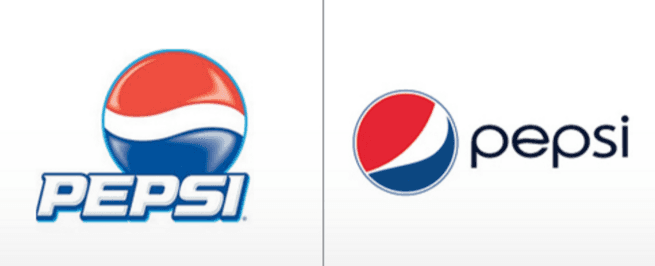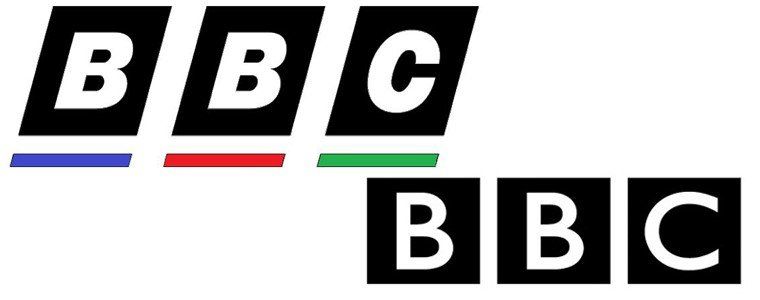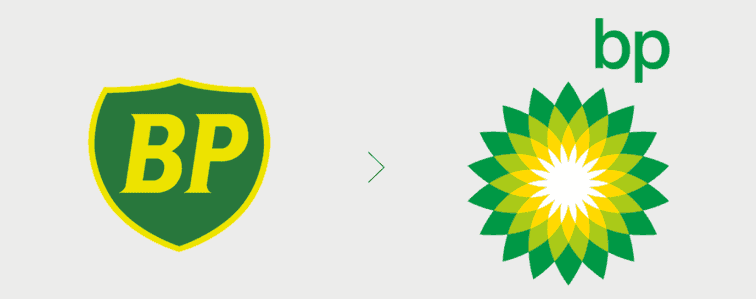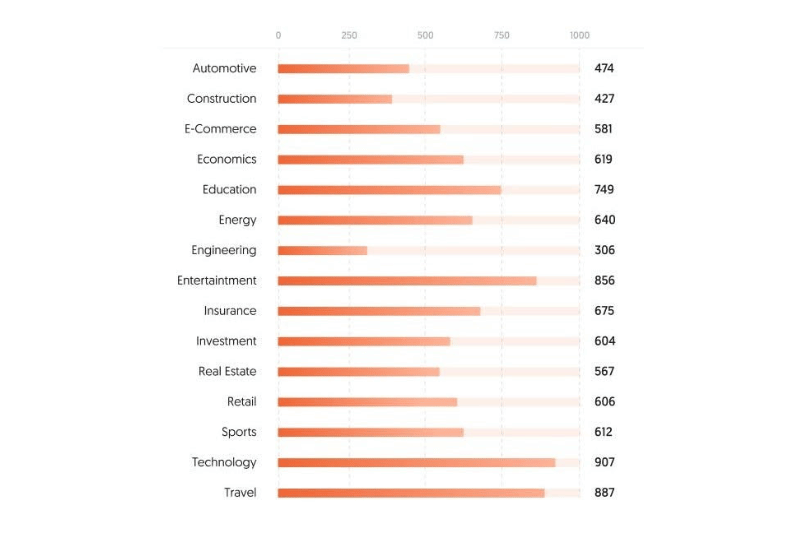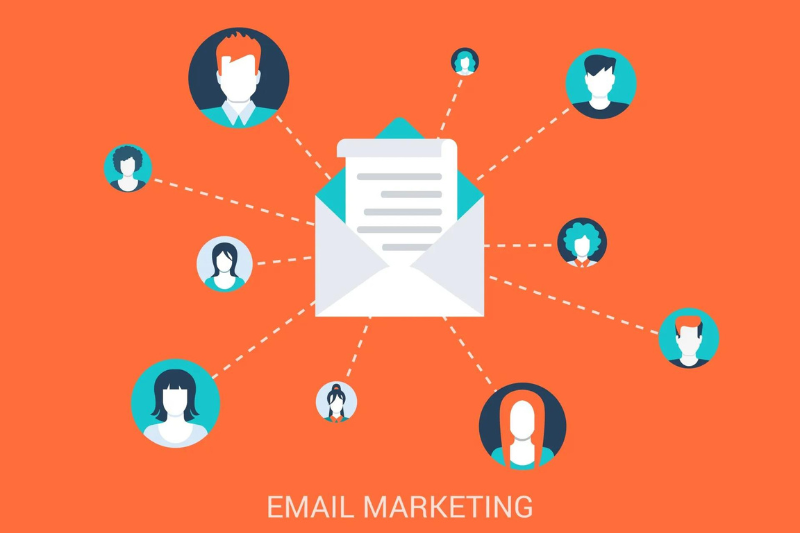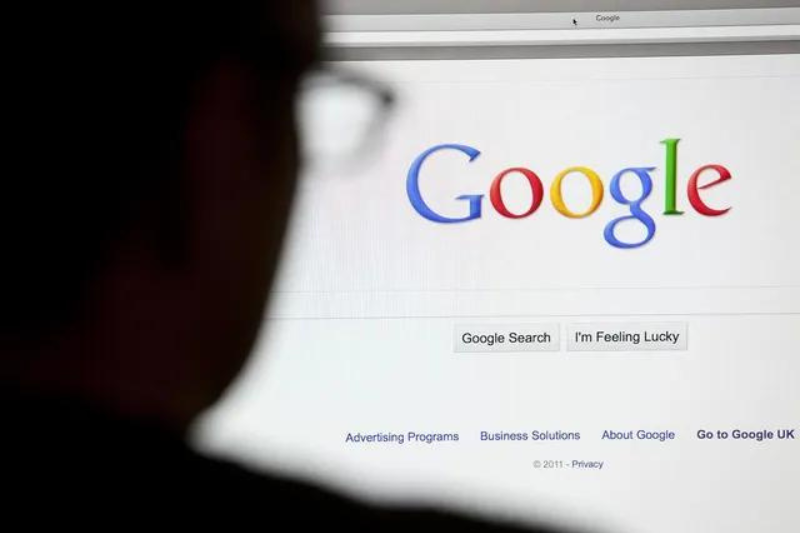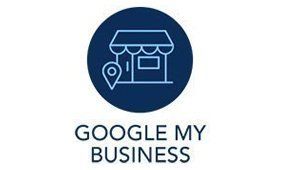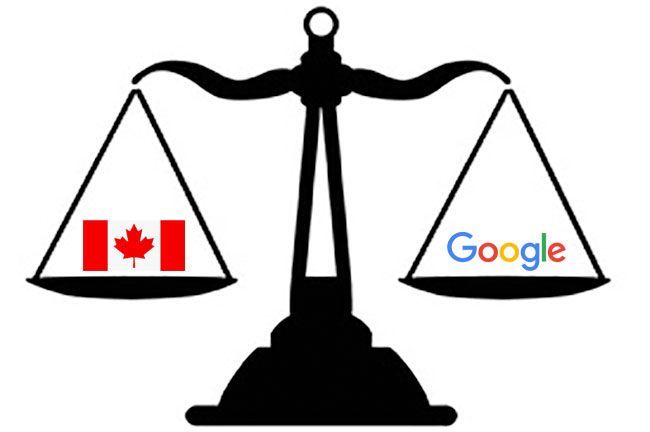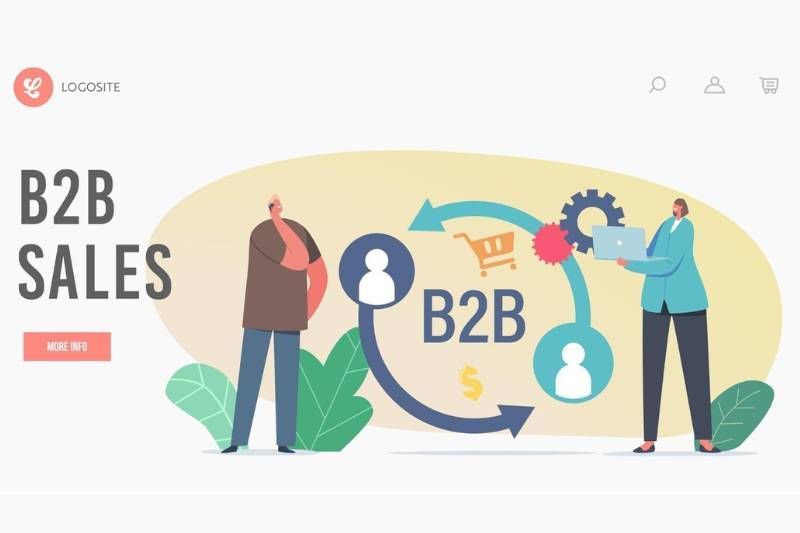
How Personal Should Your Branding Be? Here Are 4 Tips To Help With Branding Your Growing Business

As entrepreneurs our small businesses are our “babies”. We have conceived of the business, survived its entry to the world, nurtured it, carefully let it grow, ached to give up (some) control to other caregivers, and struggle each time a new phase of life is entered.
Does this all sound familiar?
I have been lucky to have had a diverse experience in my career: small companies, big companies, client-side, agency-side, employee, owner. In all of these situations, branding is a challenge. The brand must speak to those within the company as well as to its audience.
For this article, I am focusing on small businesses. We have now had several occasions where a branding exercise has come to a stand-still or has gone full circle, mainly because the business owners are not able to reconcile the difference between personal branding and the branding of their business. (Note: I am also using the term of “branding” very loosely, as branding includes far more than a logo.)
What is personal branding?
Personal branding is the branding of an individual and their expertise. This is important in a world where the digital impression you make to your market is usually the cause for failure or success. You personal brand needs to make you stand out amongst the crowd, where competition is one click away. A personal brand should not only leverage your personal traits, but your experience, knowledge and skills.
What is corporate branding?
A corporate brand is the definition, evolution and representation of a business’ identity. The brand identity must cover the essence of the company (or product, or service), its offerings, its values, and its culture, but most of all its audience.
Corporate branding must speak to the intended audience. It must make sense to them, attract them, and then relay the traits that represent the company. If you do not attract your audience with your brand, then the rest does not matter.
The challenges in branding growing small business
Many entrepreneurs start up their businesses as solopreneurs, or with a very small team of like-minded individuals. Therefore the brand starts off being closer to “personal branding” than to “corporate branding”. But once the business owners want to stop being the identity of their business and hand off responsibilities to their team and actually take some time off, the branding needs to be adapted to a larger entity. The realization occurs that the brand must transition from one that represents themselves to one that is more clearly defined for their market, and then the separation anxiety begins…
Our instinct is to maintain our personal values and messages within our identity, as this is what got the business to the point of growth in the first place, right? Right! But now it is time to let go of the control and let the brand evolve. It needs to evolve to meet the opportunities of its new position in the marketplace. Give your business the opportunity to grow without the brand contradicting where you might take your business.
4 tips for re-branding a growing business
We have some tips for you if you are in this growth stage and considering re-branding, or “updating” your brand (which usually ends up in “re-branding”).
1. Find a marketing partner that you trust
Look for a partner that has experience in branding and with whom you feel comfortable. You will need to trust your marketing partner to understand your business, your growth plans, and your market.
2. Trust your partner
Once you have found a partner that you trust, you will need to trust in their ability to translate your input into a brand that meets your business objectives, not your personal preferences. This new brand is not about the colours that you like, the words that you prefer, nor the icon that represents you the best. This is about a combination of visual elements that will attract your audience. And your audience is not you.
3. Reign in your expectations
As a small, but growing, business, your budget for the branding exercise will undoubtedly be moderate. In that case, do not expect a branding exercise that includes a strategy team, creative team, and a bunch of graphic designers. You will not get hundreds of unique designs, with unlimited revisions.
Even the largest organizations have extreme ranges in what they have invested in their logo design. Here are some examples ( Reference ):
- Pepsi spent $8 million for their 2008 logo redesign
- Twitter spent $15 (no typo) to purchase the rights to an istockphoto image of a bird
- Nike co-founder bought the famous swoosh image from a graphic design student for $35 in 1971
- BBC switched from slanted fonts and splashes of colour to blocks with letters for $1.8 million in 1997
- BP spent $211 million (yup, no typo here either) for its logo design in 2008
I’m not suggesting that you should accept a logo even if you don’t like it, but the priority is that the logo meets the business needs and that will likely require some compromises for the business owners.
4. Focus on the marketing strategy and key performance indicators (KPIs)
In the end, the overall objective of all of your marketing efforts is to increase your bottom line. Whether the strategy includes engaging existing customers for increased sales, acquiring new customers, increasing awareness for keep you top of mind, or all of the above, your logo and brand needs to work well. Focus on the strategies and identifying quantifiable goals (KPIs). Only this will give you the return on your investment and ultimately achieve the growth in your business that you were looking for.
Branding is not an exercise of “design”. It is a strategic task that requires a marketing partner that starts with understanding your business.
The Mawazo team has been assisting clients of various sizes with defining the needs for growing their business, creating tailored digital marketing strategies and executing on these strategies for over 20 years.
Contact us now if you have a growing business that requires a digital marketing strategy to assist with this growth.
Do you have any questions on the above, or would you like to share your experience? Just email ideas@mawazo.ca or call +1 (833) 503-0807.
At Mawazo Marketing we work with owners of B2B companies who want to accelerate their business. We help them with a concrete digital growth plan, a website that saves operational cost, and a digital marketing system that generates leads. For qualifying clients we offer a 5x ROI guarantee: if we don't reach the objective, then we pay back the difference. Book a Free Strategy Session to find out more.
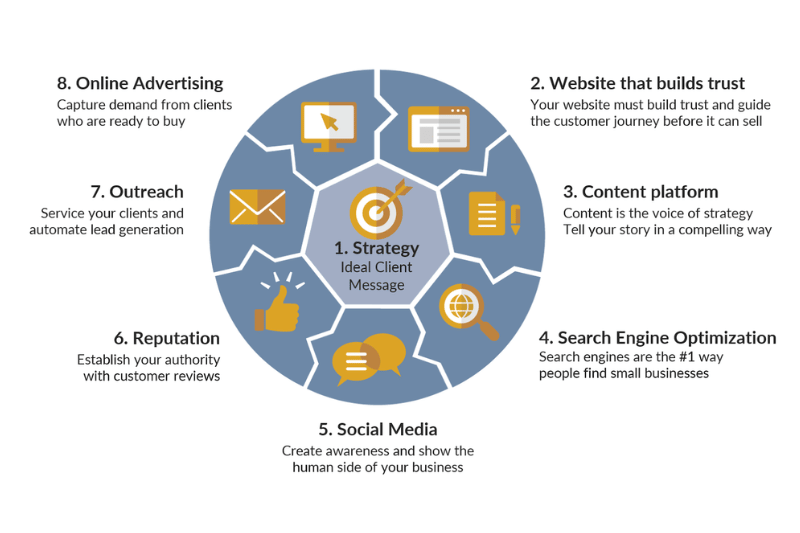


Fractional CMO
Custom App Development
Web Hosting
Are you ready to generate leads?


